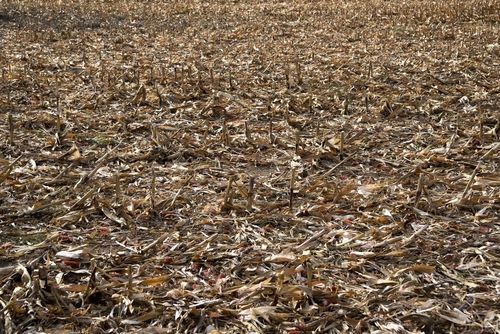After the harvest of small grains, it is recommended to take soil samples for fertility control, if further processing is planned. After that, stubble plowing is a key measure to prepare the land for the next crop, mainly corn. This measure has several objectives, including conservation and collection of moisture, preparation of the soil for future crops, introduction of plant residues after harvest, aeration of the soil, activation of microorganisms, preparation of plant nutrients, especially nitrates, as well as destruction of weeds and pests.
Lateral sowing is another recommended measure for the intensification of agricultural production. Different agricultural crops can be grown, such as those for green mass, grain or vegetables. With irrigation, achieving high yields of green mass is realistic, and this mass can be used to feed livestock in various forms – from fresh food, silage, hay, to animal meal. Maize, sunflower, soybean, sorghum, and rapeseed are used for growing lean crops for green mass, while sunflower, buckwheat, millet, and soybean are suitable for grain production. These crops can be grown successfully even without irrigation if suitable areas, hybrids and varieties are carefully selected, as well as the necessary agrotechnics.
After harvest – calcification
Growing vegetables in direct sowing requires a short growing season, and cucumbers, cabbage, kale, peppers, green beans, peas and beets are most often grown. Without irrigation, there is no successful lateral production of vegetables, because these plants require a constant and significant amount of water during their growing season.
Post crops for green fertilization bring numerous benefits. They improve the biological activity of the soil, enrich the soil with organic matter, increase the yields of the next crop, reduce the occurrence of diseases, pests and weeds, and help protect the soil from erosion. When choosing crops for green fertilization, vetch, lupine, oilseed rape and various grasses are most often used. It is important to prepare the land in time for the next crop.

The time after harvest is also ideal for soil calcification. Calcification helps reduce the acidity of the soil, changing the microflora, which encourages the development of beneficial bacteria. It takes a long time for these bacteria to reach a sufficient population. The calcareous material is evenly distributed over the surface, and its effect lasts from five to ten years, with the strongest effect in the second and third year.
Source: Farmer
Source: boljazemlja.com


